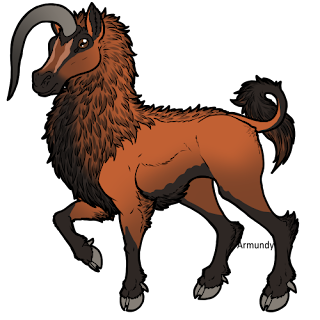Unicorns of America
You would think that belief in unicorns would have ended in the medieval era and by the time the Americas were being explored people would have moved on from such notions. On the contrary, with all the strange wildlife being discovered around the world in the age of exploration interest in the possibility of unicorns was reignited in the minds of explorers and naturalists.
In 1539, in the area of New Spain which would today be New Mexico there were reports by Friar Marcos de Niza that there existed a city of gold beyond the Zuni Pueblos. He said he had visited this city and seen untold treasures there. Some of these treasures he described in great detail, including the hide of an unknown animal. De Niza said it was like that of a large bull, but had a single horn on forehead, which pointed back towards its breast. No cities or creatures like these have ever been found. Its unknown what Marcos de Niza saw, or if he had made up the entire report, and why.
In 1671, Arnoldus Montanus spotted more unicorns on the boarder between New England and Canada. This unicorn had the body of a horse, cloven hooves, the head of a deer, and unlike the previous two, a straight horn. These unicorns had little interaction with each other, except during mating season. During this time the males would become so violent that not only would they kill their rivals but every other creature that approached their territory.
What these explorers really saw is unknown. Where they suffering hallucinations from the exhaustion of travelling through the wilderness? Did they mistakenly identify ordinary animals? Likely these sightings were mere hoaxes, although stranger cryptids have been seen.






Comments
Post a Comment